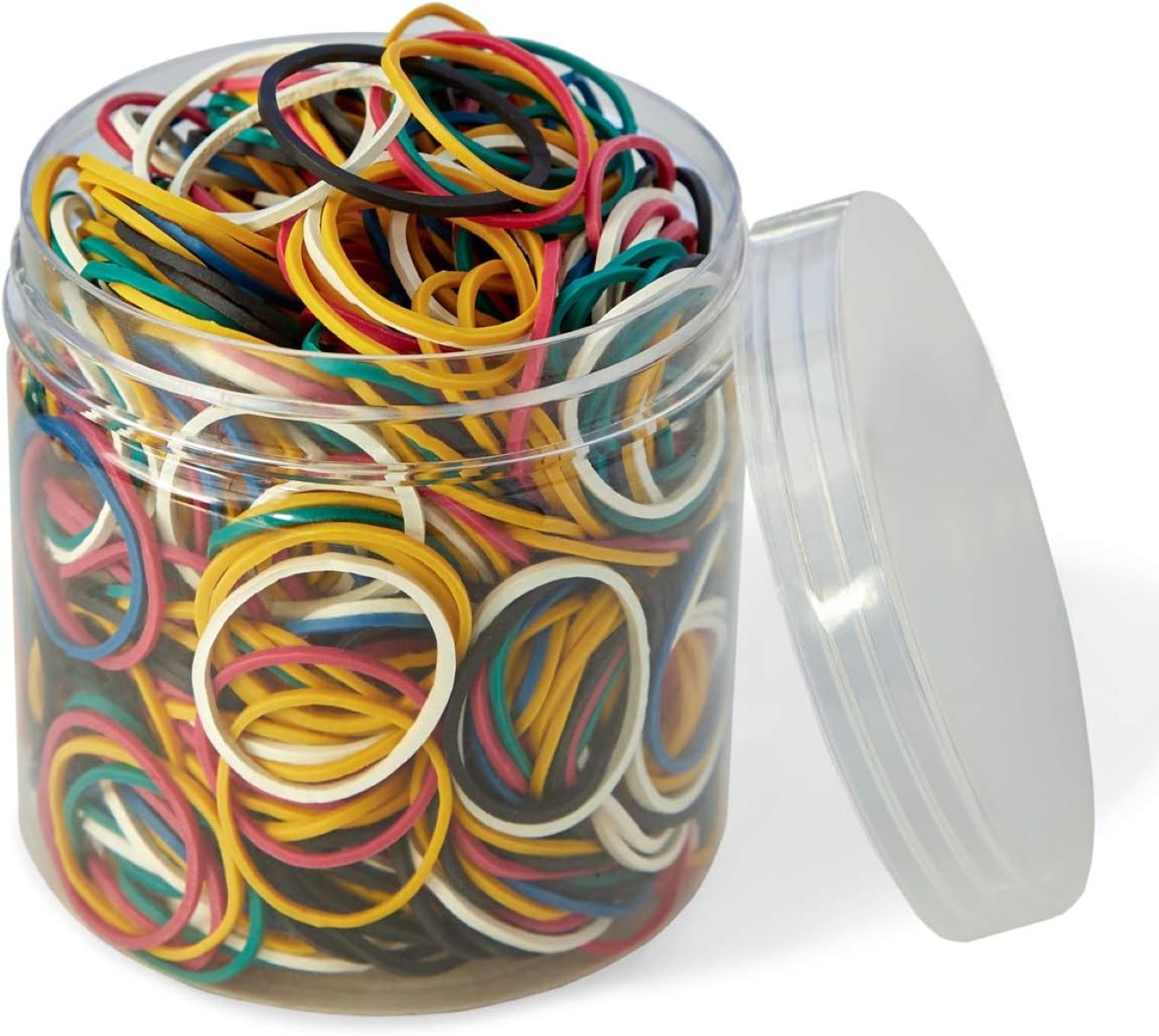

Articles
How To Store Rubber Bands
Modified: May 6, 2024
Discover the best way to store rubber bands with our informative articles. Find tips and tricks for keeping your rubber bands organized and easily accessible.
(Many of the links in this article redirect to a specific reviewed product. Your purchase of these products through affiliate links helps to generate commission for Storables.com, at no extra cost. Learn more)
Introduction
Rubber bands are a common and versatile tool used in various industries and everyday tasks. Whether you use them for office supplies, packaging, or crafts, properly storing rubber bands is crucial to maintain their functionality and extend their lifespan. In this article, we will explore the benefits of storing rubber bands correctly and provide tips on choosing the right storage container, sorting and organizing your rubber bands, and implementing proper storage techniques.
While it may seem trivial, taking the time to store your rubber bands properly can save you from potential frustrations and inconvenience down the line. When rubber bands are left loose or exposed to unfavorable conditions, they can become brittle, lose elasticity, or tangle easily. By investing a little effort into proper storage, you can ensure that your rubber bands remain in good condition and ready for use whenever you need them.
In the following sections, we will delve into the details of how to effectively store rubber bands, from selecting the right container to implementing proper techniques. We will also provide some valuable tips to help you extend the lifespan of your rubber bands and address common questions surrounding rubber band storage.
So, let’s dive in and uncover the secrets to keeping your rubber bands fresh, organized, and ready for any task that comes your way!
Key Takeaways:
- Properly storing rubber bands preserves elasticity, prevents tangling, reduces waste, enhances organization, and prolongs lifespan, saving time, money, and frustration while ensuring they’re always ready for use.
- Choosing the right storage container, sorting and organizing, and implementing proper storage techniques are essential for maintaining the functionality and longevity of rubber bands.
Read more: How To Lock A Door With A Rubber Band
Benefits of Properly Storing Rubber Bands
Properly storing rubber bands offers a multitude of benefits, ensuring that they maintain their elasticity and usability for an extended period. Let’s explore some of the key benefits of proper rubber band storage:
- Preserves Elasticity: When rubber bands are stored correctly, they are shielded from excessive heat, light, and air exposure, which can cause them to deteriorate and lose their elasticity. By preserving their elasticity, you can rely on the rubber bands to stretch and hold items securely without snapping or breaking.
- Prevents Tangling: We’ve all experienced the frustration of untangling a bundle of rubber bands. Storing rubber bands neatly in a proper container or organizer helps prevent tangling, saving you time and effort when it comes to using them.
- Prolongs Lifespan: Rubber bands that are subjected to unfavorable conditions, such as being left out in the open or exposed to extreme temperatures, may deteriorate more quickly. Proper storage helps prolong their lifespan, making them a cost-effective option in the long run.
- Reduces Waste: By storing rubber bands properly, you can minimize waste and reduce the need to constantly replace them. This not only saves you money but also contributes to environmental sustainability by reducing unnecessary consumption.
- Enhances Organization: Keeping your rubber bands organized and in good condition ensures that you can easily locate and access them whenever you need them. This promotes efficiency and productivity by eliminating the time spent searching for misplaced or damaged rubber bands.
The benefits of properly storing rubber bands are clear. Not only does it preserve their functionality and extend their lifespan, but it also saves you time, money, and frustration. Now that we understand the advantages, let’s delve into the next section: choosing the right storage container for your rubber bands.
Choosing the Right Storage Container
When it comes to storing rubber bands, selecting the right container is essential to maintain their quality and organization. Here are some factors to consider when choosing the ideal storage container for your rubber bands:
- Size and Capacity: Evaluate the number of rubber bands you have and choose a container that can accommodate them comfortably. Consider the future growth of your rubber band collection, as it’s always better to have some extra room for expansion.
- Material: Opt for a container made of durable and flexible material, such as plastic or silicone. These materials are resistant to moisture, which helps protect the rubber bands from humidity, preventing them from becoming sticky or brittle.
- Sealable: Look for containers that offer airtight or secure sealing mechanisms. This helps minimize exposure to air, light, and humidity, which can negatively impact the quality of the rubber bands over time.
- Compartmentalization: If you have different sizes or types of rubber bands, consider containers with dividers or multiple compartments. This allows you to keep them separated and organized, making it easier to find the specific rubber band you need.
- Transparency: Transparent containers provide visibility, allowing you to quickly identify the contents without the need to open or rummage through the container. This saves time and keeps your rubber bands easily accessible.
There are various storage container options available, ranging from small portable cases to larger organizers. Purchase containers that fit your specific needs and preferences. Some popular choices for rubber band storage include small plastic storage boxes with adjustable dividers, clear plastic zipper bags, or even repurposed spice jars or pill bottles for smaller rubber bands.
Remember, the goal is to protect the rubber bands from external elements and keep them organized. By choosing the right storage container, you can ensure that your rubber bands remain in optimal condition and are easily accessible for whenever you need them.
Next, let’s move on to the importance of sorting and organizing your rubber bands, which plays a crucial role in efficient storage and usability.
Sorting and Organizing Rubber Bands
Sorting and organizing your rubber bands is a crucial step in maintaining an efficient and clutter-free storage system. Here are some tips to help you effectively sort and organize your rubber bands:
- Size: Sort your rubber bands by size. Use separate sections or compartments in your storage container for small, medium, and large rubber bands. This allows for easy access and prevents tangling.
- Color: If you have rubber bands of different colors, consider sorting them by color as well. This can be helpful if you often use specific colors for specific purposes, or if you simply prefer a visually pleasing organization method.
- Usage: Another way to organize your rubber bands is by their usage. Consider categorizing them based on their intended purpose. For example, you can have separate sections for office-related rubber bands, craft-specific rubber bands, and household rubber bands.
- Labels: If you have multiple storage containers or compartments, labeling them can make it easier to locate specific rubber bands. Use labels or sticky notes to indicate the contents of each section. This way, you can quickly find the rubber band you need without having to search through multiple containers.
- Rubber Band Balls: An alternative method of organizing rubber bands is to create rubber band balls. Simply wrap a single rubber band around a few others, gradually adding more rubber bands to create a compact ball. This method keeps the rubber bands neat and prevents tangling.
Choose an organization method that suits your needs and preferences. It’s important to establish a system that is easy to maintain and allows for quick retrieval of the rubber bands you need. Regularly check and reorganize your rubber bands to ensure that they stay sorted and accessible.
Now that we’ve covered sorting and organizing, let’s move on to the proper techniques for storing rubber bands to maintain their elasticity and longevity.
Store rubber bands in a cool, dry place away from direct sunlight to prevent them from drying out and becoming brittle. A drawer or a plastic container with a lid works well for keeping them organized and in good condition.
Proper Techniques for Storing Rubber Bands
To ensure the longevity and optimal performance of your rubber bands, it is essential to implement proper storage techniques. Here are some essential techniques to follow when storing your rubber bands:
- Clean and Dry: Before storing rubber bands, ensure they are clean and dry. Remove any dirt, dust, or debris from the rubber bands by gently wiping them with a cloth or rinsing them with water and allowing them to air dry completely.
- Wrap or Bundle: To prevent tangling and maintain their shape, wrap individual rubber bands around a small piece of cardboard or bundle them together with a larger rubber band. This technique keeps the rubber bands compact and neatly organized.
- Airtight Container: Store your rubber bands in an airtight container or a sealable plastic bag to protect them from exposure to air, which can cause them to dry out and lose elasticity. Ensure the container is well-sealed to keep humidity and moisture out.
- Avoid Extreme Temperatures: Rubber bands are sensitive to temperature changes. Avoid storing them in areas prone to extreme heat or cold, as these conditions can affect their elasticity. Optimal storage temperatures range between 50°F (10°C) and 77°F (25°C).
- Keep away from UV Light: Sunlight and UV rays can degrade rubber bands over time. Store them in a dark or shaded area to minimize exposure to direct sunlight or artificial UV light sources.
- Keep away from Chemicals: Rubber bands can be sensitive to certain chemicals, including oils, solvents, and cleaning agents. Store them in a location away from potential chemical contact to avoid any damage or deterioration.
- Regular Maintenance: Periodically check your stored rubber bands for any signs of deterioration, such as dryness, cracking, or loss of elasticity. Replace any damaged or worn-out rubber bands to maintain an optimal supply of usable ones.
By following these proper techniques, you can ensure that your rubber bands retain their elasticity and usability for a longer period. Remember, investing a little effort into proper storage can save you from future frustrations and ensure that your rubber bands are always ready for any task.
Next, let’s explore some additional tips for extending the lifespan of your rubber bands.
Read more: How To Store Band-Aids
Tips for Extending the Lifespan of Rubber Bands
Rubber bands, like any other tool, require proper care and attention to prolong their lifespan. Here are some tips to help you extend the longevity of your rubber bands:
- Avoid Overstretching: While rubber bands are designed to stretch, avoid overstretching them to their maximum capacity. Excessive stretching can cause them to lose elasticity more quickly. Use rubber bands within their intended stretch limits to prevent unnecessary wear and tear.
- Use the Right Size for the Job: Select the appropriate size and thickness of rubber band for the task at hand. Using a larger rubber band than necessary can cause unnecessary strain, while using a smaller one may result in inefficiency or breakage.
- Avoid Excessive Heat or Cold: Extremes in temperature can cause rubber bands to deteriorate. Keep them away from direct heat sources, such as heaters or hot surfaces, and avoid exposing them to freezing temperatures, as this can make them brittle and prone to breaking.
- Replace Damaged Rubber Bands Promptly: Regularly inspect your rubber bands for signs of wear and tear, such as cracks, drying, or loss of elasticity. Replace any damaged or worn-out bands promptly to prevent them from snapping and potentially causing injury.
- Keep Them in Their Designated Storage Container: Storing rubber bands in their designated container helps protect them from external elements and reduces the likelihood of tangling or damage. Always return rubber bands to their proper storage location after use to keep them organized and easily accessible.
- Avoid Contact with Sharp Objects: Keep rubber bands away from sharp objects, such as scissors or metal edges, to prevent cuts or punctures. Even a small nick can weaken the band and cause it to break more easily.
- Replace Aging Rubber Bands: Rubber bands, like all materials, have a limited lifespan. Over time, even with proper storage and care, they may naturally degrade and lose elasticity. Consider periodically replenishing your supply by replacing older bands with new ones to ensure optimal performance.
By implementing these tips, you can maximize the lifespan of your rubber bands, ensuring that they remain reliable and effective for a longer period. Taking simple measures to care for your rubber bands can save you time, money, and frustration by reducing the need for frequent replacements.
Now, let’s address some common questions related to storing rubber bands.
Frequently Asked Questions (FAQs)
Here are some frequently asked questions about storing rubber bands:
- Q: Can I store rubber bands in the refrigerator or freezer?
- Q: How long do rubber bands last?
- Q: Can I reuse rubber bands after they have stretched out?
- Q: Is it better to store rubber bands individually or bundled together?
- Q: What should I do if my rubber bands become sticky?
- Q: Can I store rubber bands with other office supplies?
A: It is not recommended to store rubber bands in the refrigerator or freezer. Extreme temperatures can affect their elasticity and cause them to become brittle or break easily.
A: The lifespan of rubber bands can vary depending on various factors, such as their quality, storage conditions, and frequency of use. On average, rubber bands can last anywhere from several months to a few years.
A: Once a rubber band has been stretched beyond its original shape, it may not regain its full elasticity. While you can reuse stretched rubber bands for lighter tasks, it’s generally best to replace them for optimal performance.
A: Both methods can be effective, depending on personal preference and the quantity of rubber bands you have. Individual wrapping or bundling with larger rubber bands can help prevent tangling and keep them organized.
A: If your rubber bands become sticky, it may be a sign of exposure to humidity. You can try rinsing them with water and allowing them to air dry thoroughly. If they remain sticky, it’s best to replace them.
A: Storing rubber bands with other office supplies is generally acceptable, as long as the supplies do not pose a risk of damaging or puncturing the rubber bands. Consider using compartments or dividers to keep them separate and prevent tangling.
These are just a few common questions that arise when it comes to storing rubber bands. If you have any additional questions or concerns, feel free to seek advice from your local office supply store or consult the manufacturer’s recommendations.
Now, let’s conclude our article on storing rubber bands.
Conclusion
Properly storing rubber bands is essential to maintain their functionality, usability, and longevity. By implementing the right techniques and following simple guidelines, you can ensure that your rubber bands remain in optimal condition for a longer period. Remember these key takeaways:
- Choose the right storage container that is appropriately sized, sealable, and offers compartmentalization.
- Sort and organize your rubber bands based on size, color, or usage to make them easily accessible.
- Store rubber bands in a clean and dry state, using wrapping or bundling techniques to prevent tangling and maintain their shape.
- Select a storage location away from extreme temperatures, UV light, and chemicals that can cause damage.
- Regularly inspect your rubber bands for signs of wear and replace damaged ones promptly.
- Follow proper care and usage practices to extend the lifespan of your rubber bands.
By taking these precautions, you can save time, money, and frustration by ensuring that your rubber bands are always ready for use. Whether you rely on them for office tasks, packaging needs, or creative projects, properly stored rubber bands will serve you well.
So, embrace these techniques, organize your rubber bands, and enjoy the convenience of having a well-maintained supply at your fingertips. With the right storage and care, your rubber bands will continue to stretch, hold, and assist you whenever you need them.
Ready to revamp your workspace and simplify your home? Dive into our article on vibrant office supplies that can transform any mundane desk into a lively and inspiring zone. Then, don't miss our comprehensive guide on toy storage solutions, perfect for decluttering and organizing any play area, making every square inch count. Both reads offer invaluable advice for creating functional, stylish spaces where creativity and order flourish side by side.
Frequently Asked Questions about How To Store Rubber Bands
Was this page helpful?
At Storables.com, we guarantee accurate and reliable information. Our content, validated by Expert Board Contributors, is crafted following stringent Editorial Policies. We're committed to providing you with well-researched, expert-backed insights for all your informational needs.
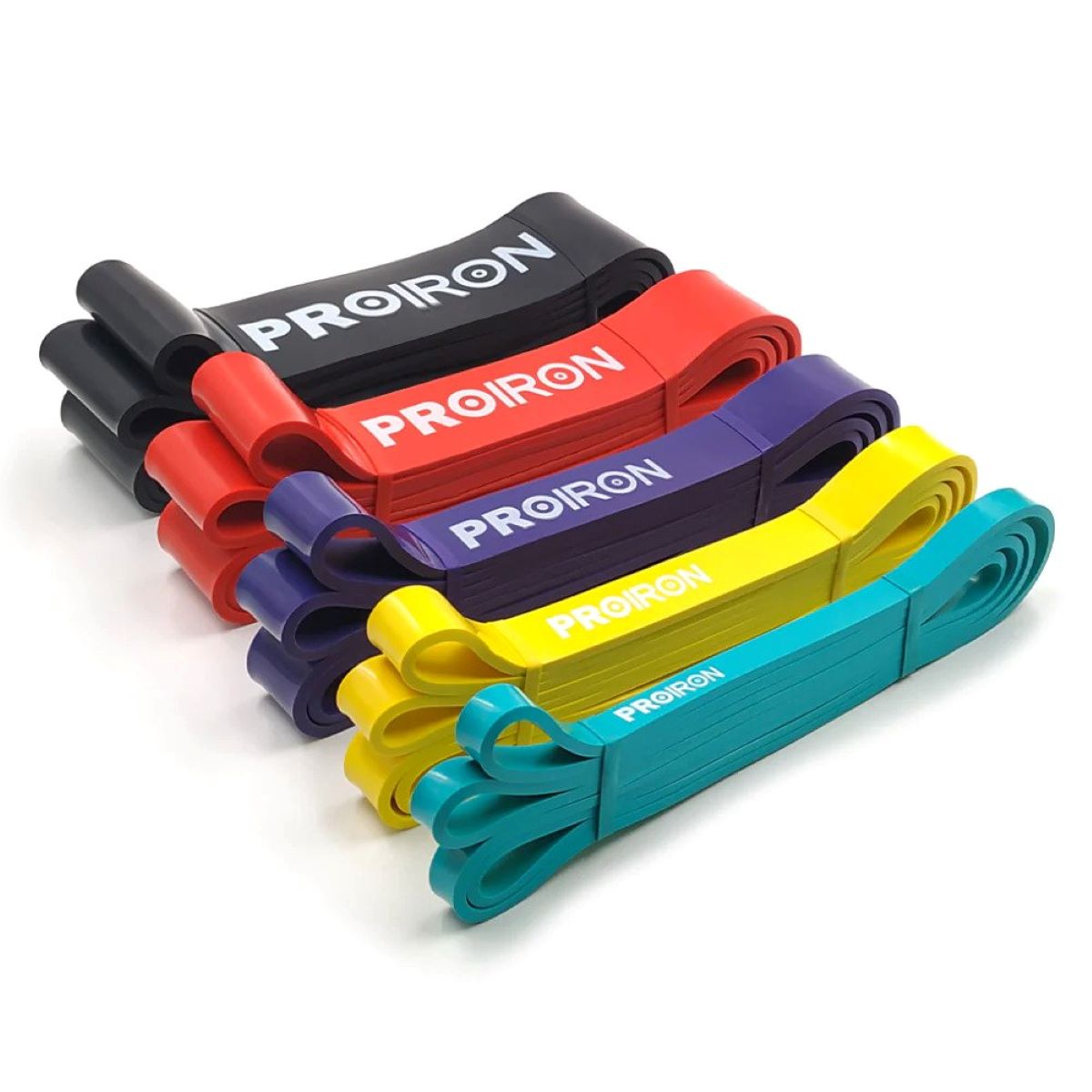
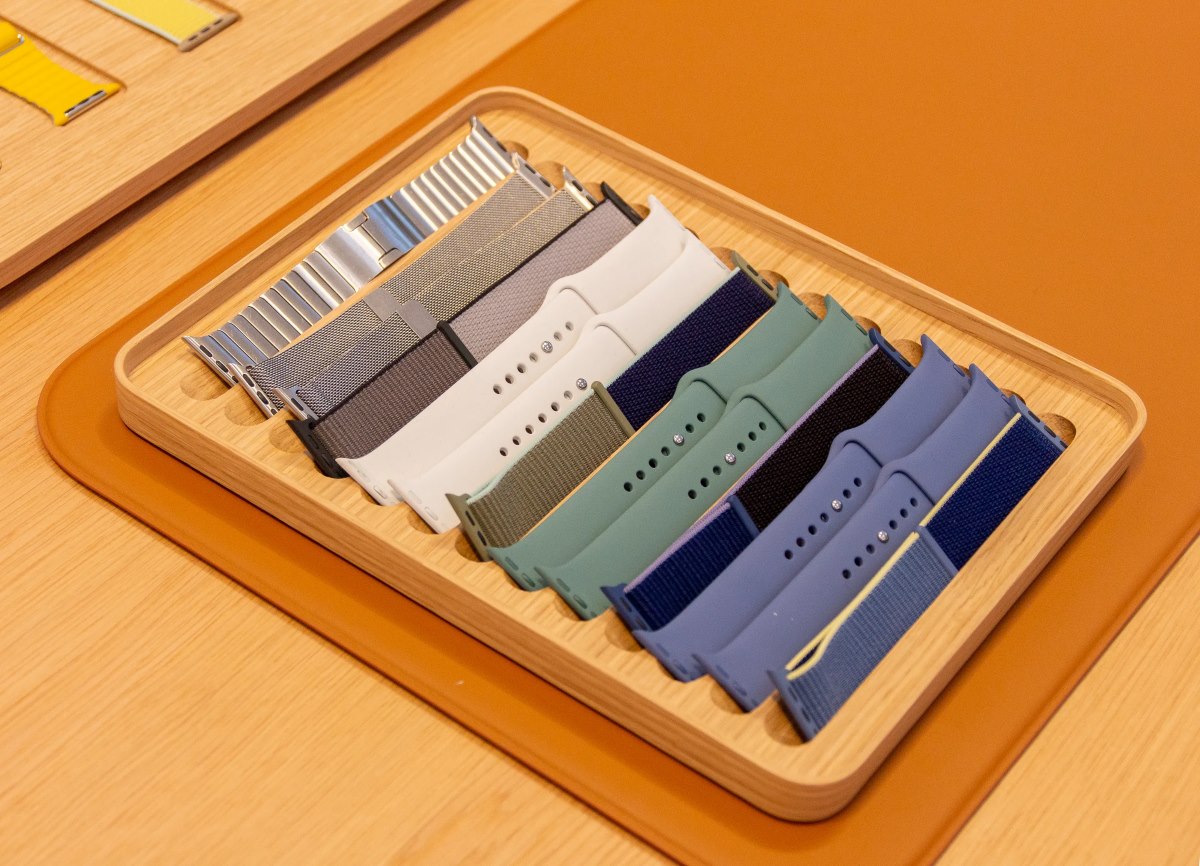
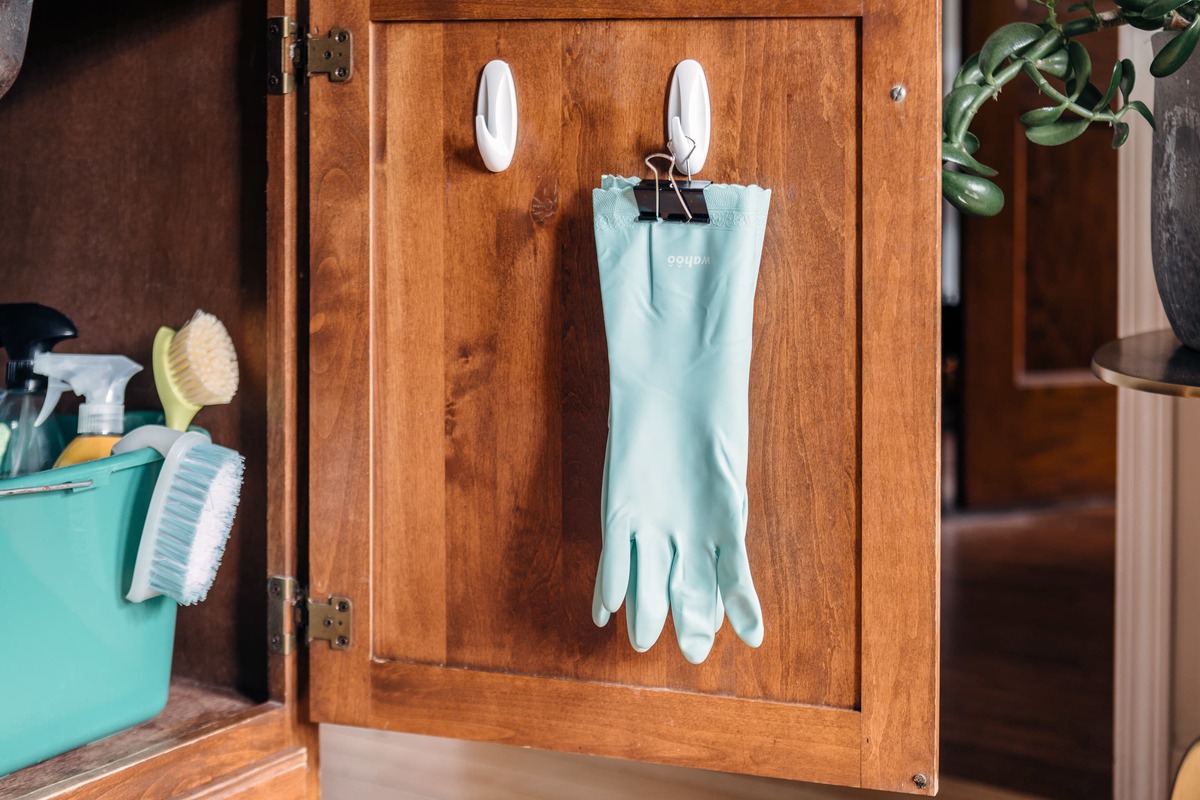
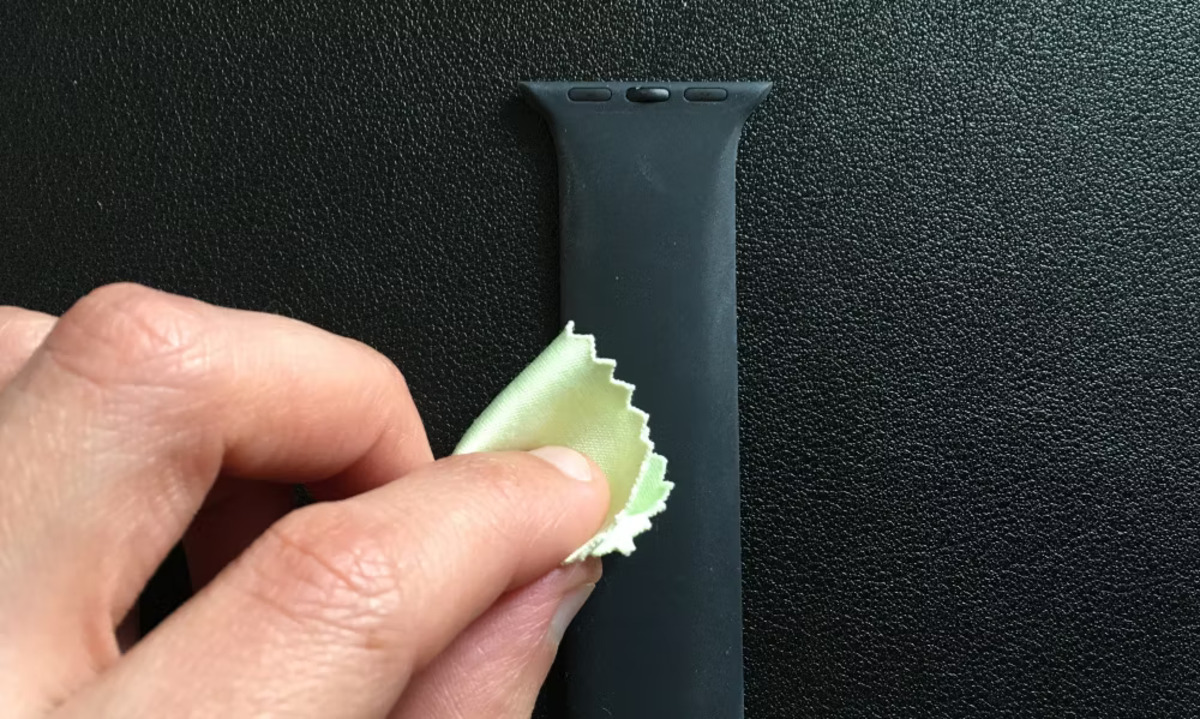


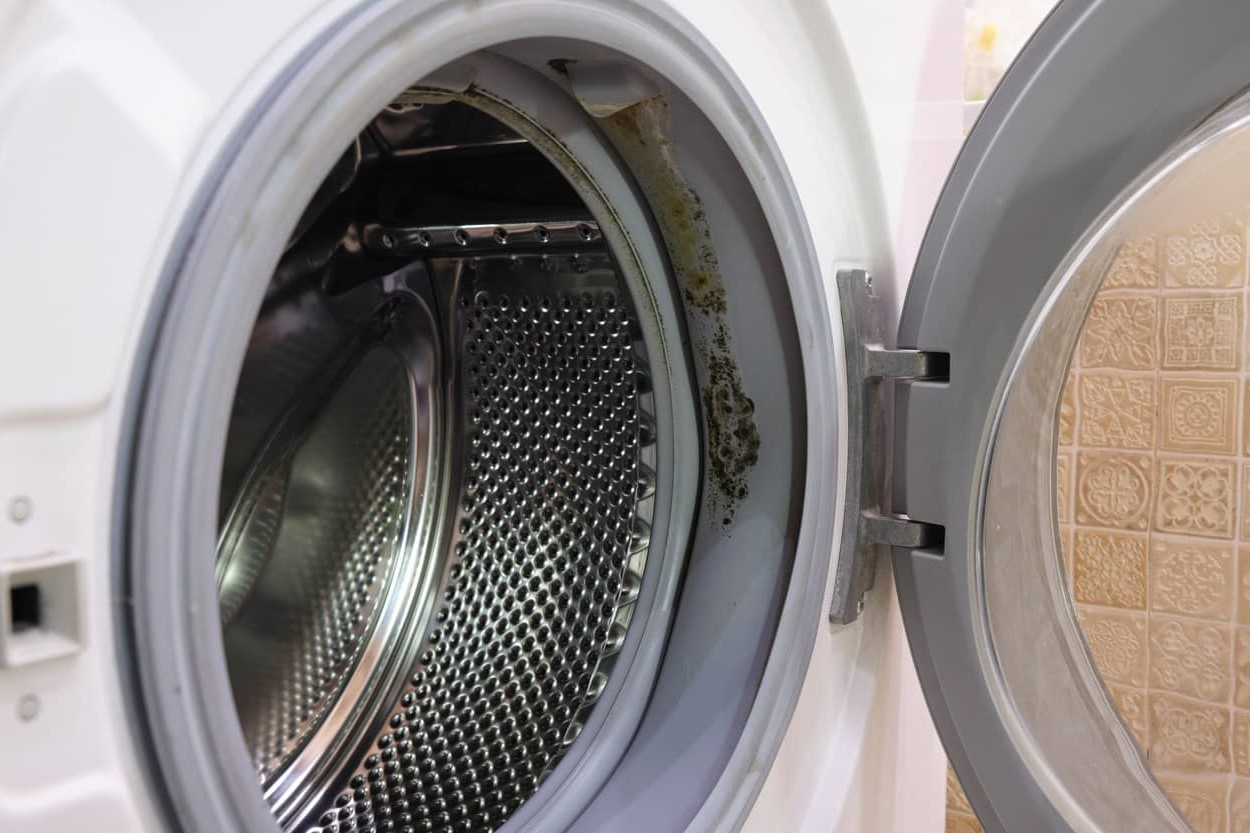
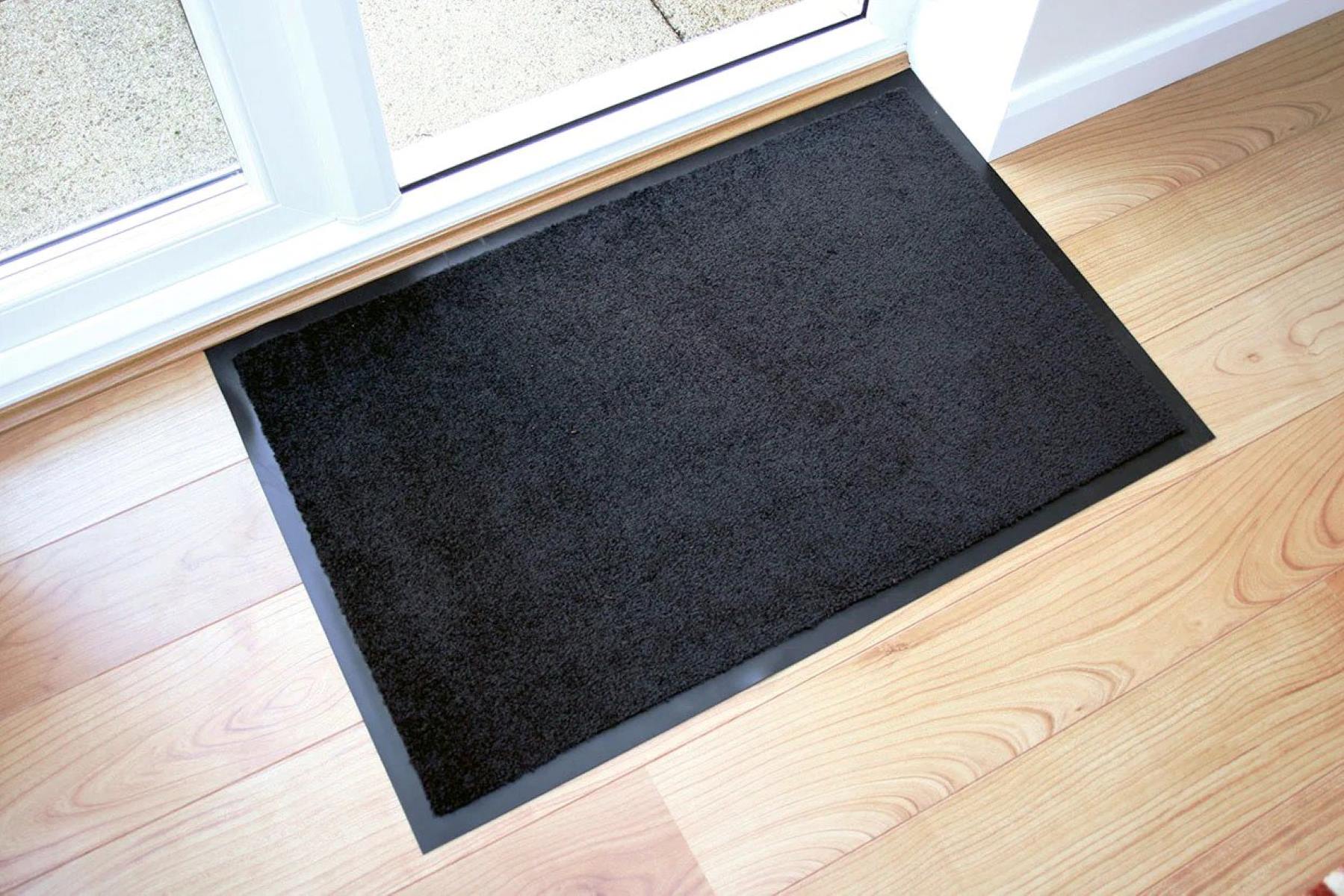
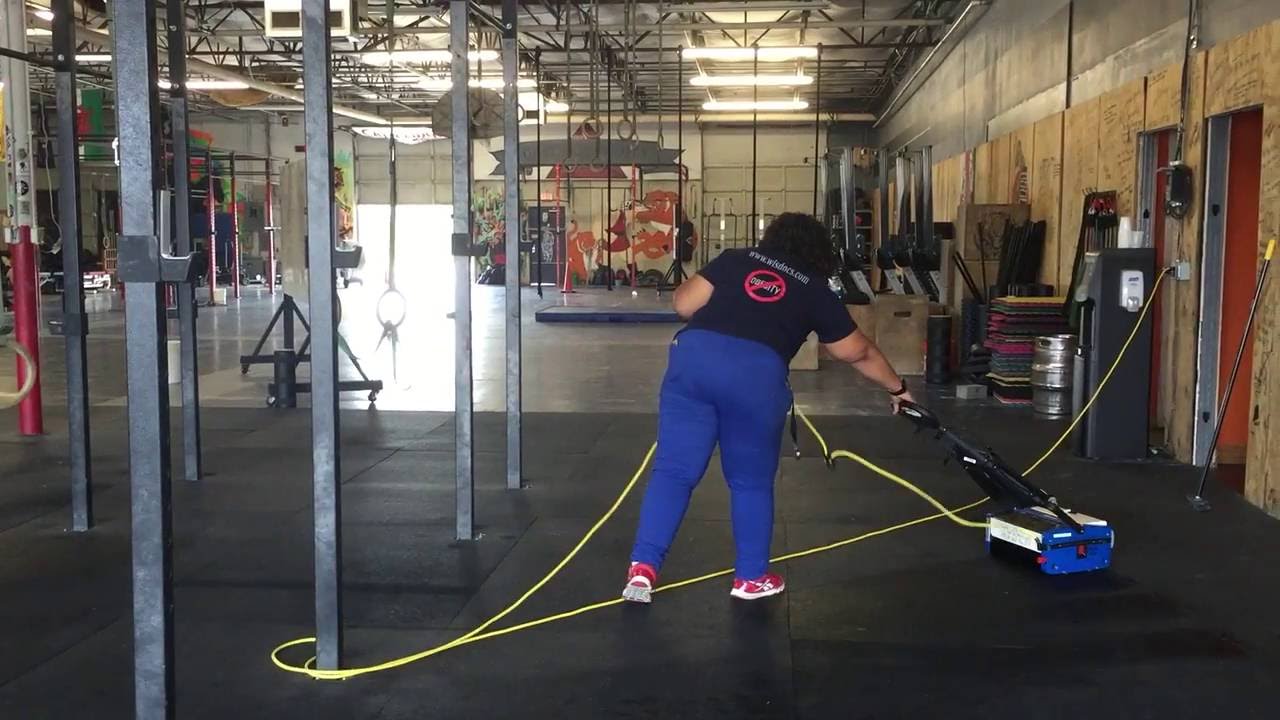

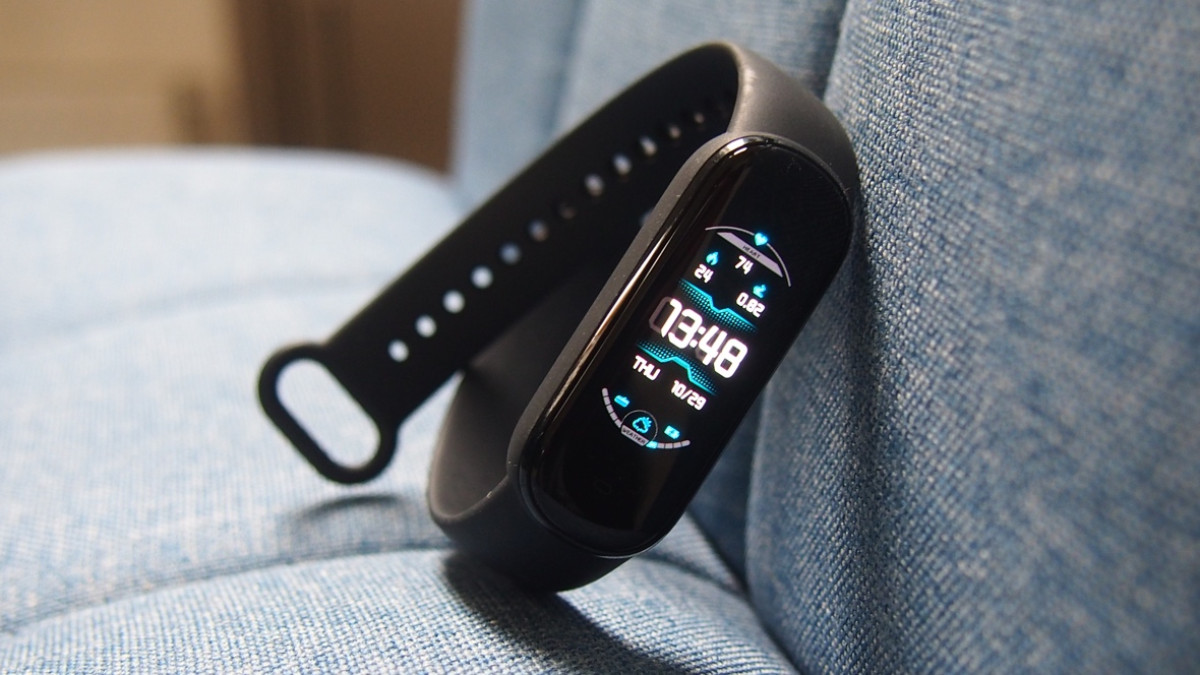
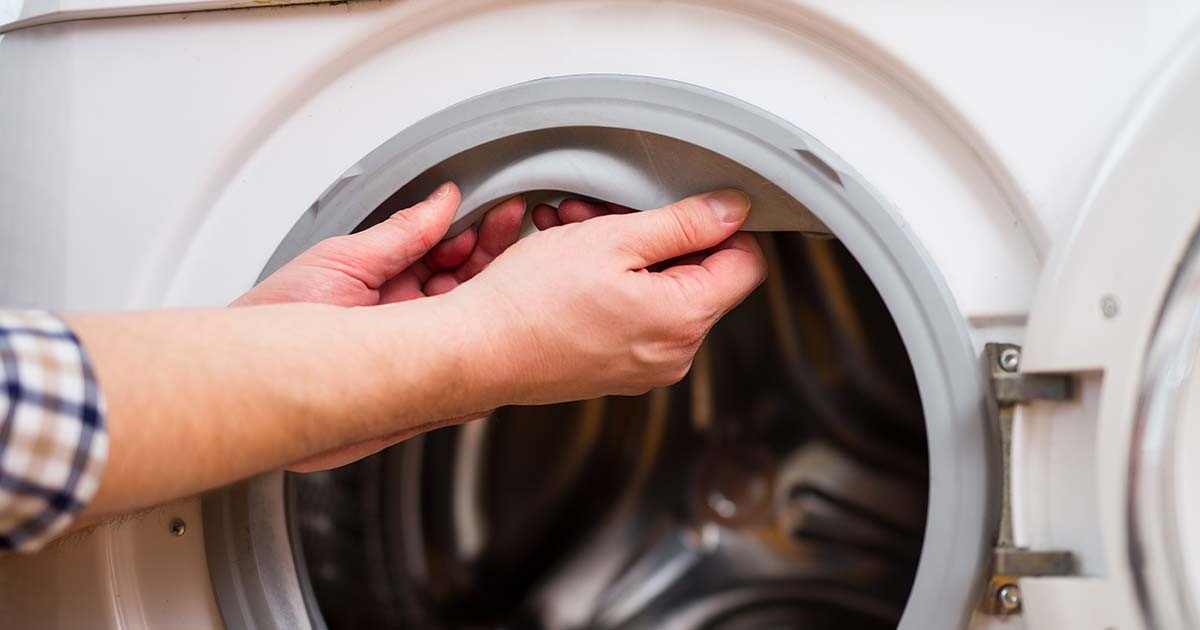



0 thoughts on “How To Store Rubber Bands”